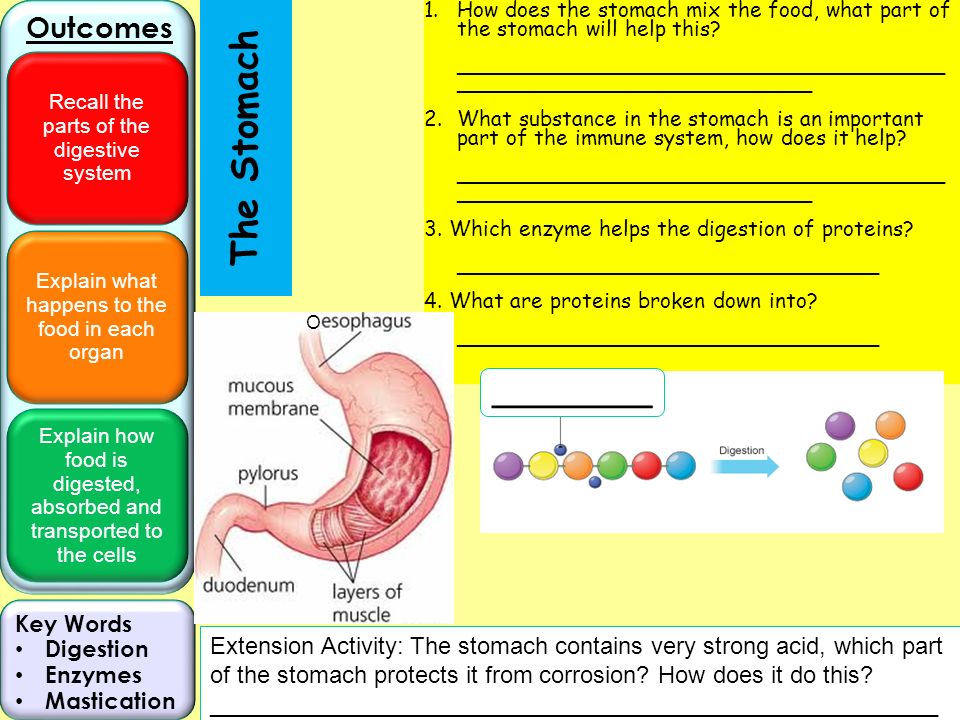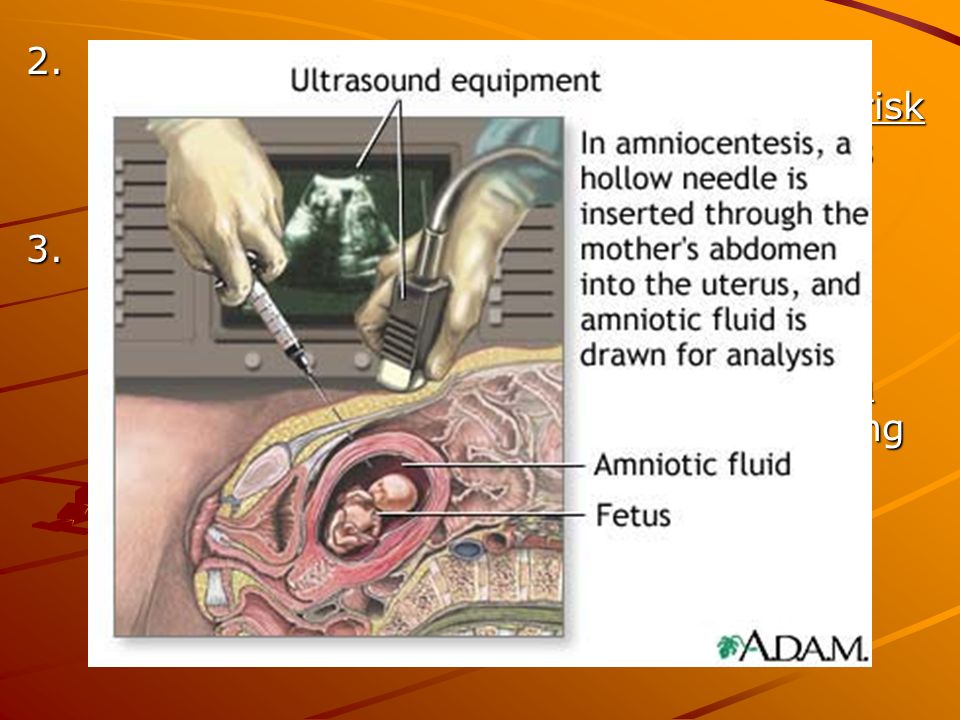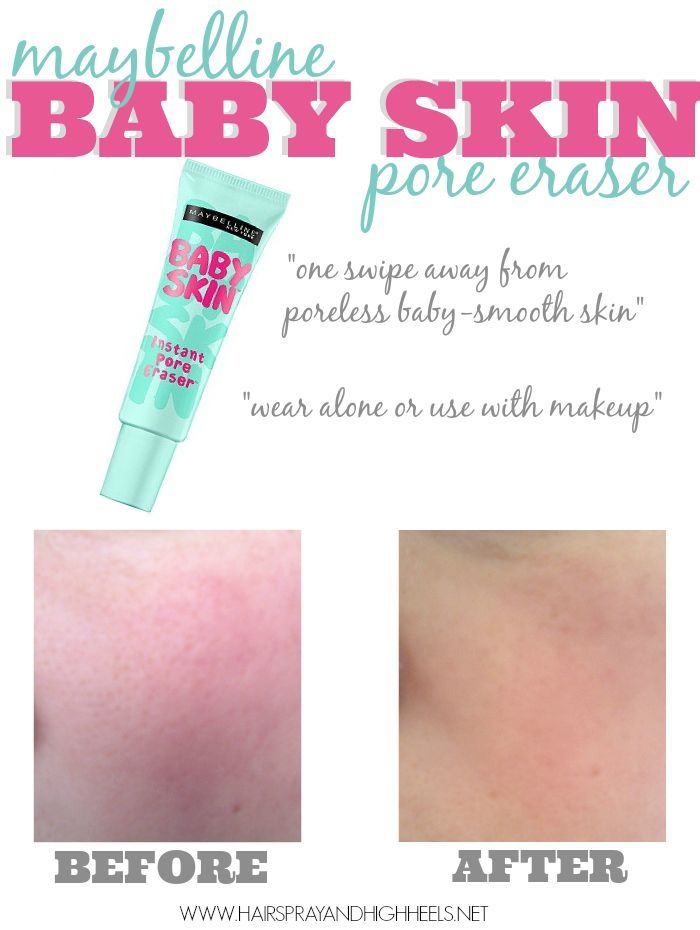How do they strip membranes
Purpose, Procedure, and What Happens After
I was pregnant with my son during one of the hottest summers on record. By the time the end of my third trimester rolled around, I was so swollen I could barely turn over in bed.
At the time, I worked in our local labor and delivery unit as a nurse, so I knew my doctor well. At one of my checkups, I begged her to do something to help spur my labor.
If only they would strip my membranes to induce labor, I reasoned, I could be out of my misery and meet my baby boy sooner.
Here’s a look at how effective membrane stripping is for inducing labor, plus the risks and benefits.
Stripping the membranes is a way to induce labor. It involves your doctor sweeping their (gloved) finger between the thin membranes of the amniotic sac in your uterus. It’s also known as a membrane sweep.
This motion helps separate the sac. It stimulates prostaglandins, compounds that act like hormones and can control certain processes in the body. One of these processes is — you guessed it — labor.
In some cases, your doctor can also gently stretch or massage the cervix to help it start to soften and dilate.
Your doctor may suggest trying a membrane stripping if:
- you’re near or past your due date
- there isn’t a pressing medical reason to induce labor with a faster method
You don’t need to do anything to prepare for a membrane stripping. The procedure can be done in your doctor’s office.
You’ll simply hop up on the exam table like at a normal checkup. The best thing you can do during the procedure is simply breathe through it and try to relax. Membrane stripping doesn’t take long. The entire procedure will be over in a few minutes.
Researchers on a study published in the Journal of Clinical Gynecology and Obstetrics (JCGO) didn’t find any increased risks for negative side effects in women undergoing membrane stripping.
Women who have their membrane swept aren’t more likely to have a cesarean delivery (commonly referred to as a C-section) or other complications.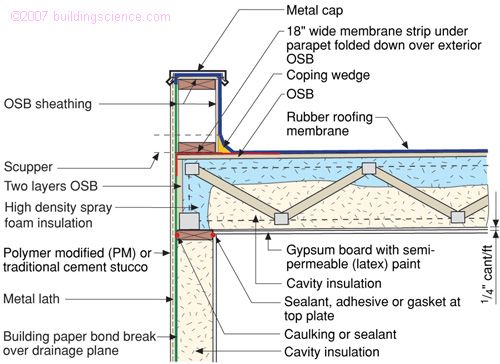
The study concluded that membrane stripping is safe and that, in most cases, women will only need to have the procedure one time for it to work.
Experts still question whether or not membrane stripping is really effective. A 2011 review of available studies concluded that the efficacy depends on how far along in pregnancy a woman is, and whether or not she uses other induction methods. It’s most effective if she doesn’t.
The JCGO study reported that after a membrane sweep, 90 percent of women delivered by 41 weeks compared to women who didn’t receive the membrane sweep. Of these, only 75 percent delivered by 41 weeks’ gestation. The goal is to stimulate labor and safely deliver before the pregnancy is beyond 41 weeks, and membrane stripping may occur as early as 39 weeks.
Membrane stripping might be most effective for women who are past their due dates. One study found that membrane sweeping could increase the likelihood of spontaneous labor within 48 hours.
Membrane stripping isn’t as effective as other types of induction, such as using medications. It’s generally only used in situations when there really isn’t a pressing medical reason to induce.
It’s generally only used in situations when there really isn’t a pressing medical reason to induce.
Advice from a nurse educator This procedure does cause some discomfort and should only be done by an experienced doctor. You may experience bleeding and cramping for a few days following the procedure. But if it works, it could save you from having your labor induced with medication.
Advice from a Nurse Educator
This procedure does cause some discomfort and should only be done by an experienced doctor. You may experience bleeding and cramping for a few days following the procedure. But if it works, it could save you from having your labor induced with medication.
The bottom line is you’ll need to balance your discomfort with other adverse effects.
— Debra Sullivan, PhD, MSN, RN, CNE, COI
To be honest, a membrane stripping isn’t a comfy experience. It can be uncomfortable to go through, and you may feel a bit sore afterward.
Your cervix is highly vascular, meaning it has a lot of blood vessels.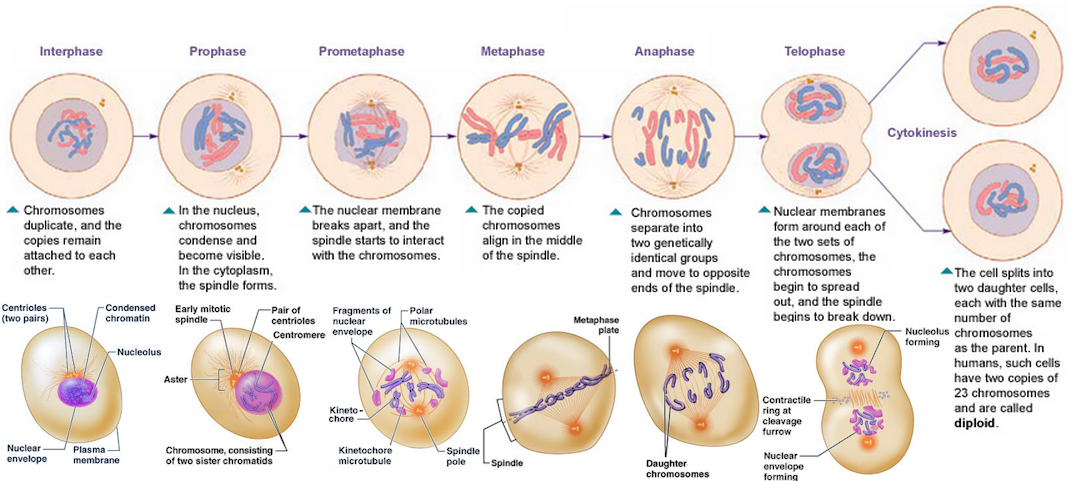 You may also experience some light bleeding during and after the procedure, which is completely normal. However, if you’re experiencing a lot of bleeding or in a lot of pain, be sure to go to the hospital.
You may also experience some light bleeding during and after the procedure, which is completely normal. However, if you’re experiencing a lot of bleeding or in a lot of pain, be sure to go to the hospital.
Membrane stripping is most effective if a woman:
- is over 40 weeks in their pregnancy
- doesn’t use any other type of labor-inducing techniques
In those cases, the JCGO study found that women on average went into labor on their own about a week earlier than women who didn’t have their membranes swept.
If you’re reaching a stage in your pregnancy where you’re feeling miserable, talk to your doctor about the pros and cons of a membrane induction. Remember that unless there’s a medical concern, it’s usually best to let your pregnancy progress naturally.
But if you’re past your due date and you don’t have a high-risk pregnancy, a membrane stripping might be a very effective and safe way to help put you into labor naturally. And hey, it might be worth a shot, right?
Risks and effectiveness for inducing labor
Membrane stripping or sweeping can help induce labor in pregnant people near or past their due date. A doctor inserts their fingers into the cervix and sweeps between the thin membranes of the amniotic sac.
A doctor inserts their fingers into the cervix and sweeps between the thin membranes of the amniotic sac.
The amniotic sac is the thin-walled sac around the fetus. Membrane stripping or sweeping stimulates hormone and prostaglandin production, compounds that help induce labor.
This article covers the safety, efficacy and potential risks of membrane stripping.
Membrane stripping is usually safe in uncomplicated pregnancies.
However, there are minor risks associated with this technique. These include:
- mild discomfort during the procedure
- minor vaginal bleeding
- irregular contractions
Membrane stripping carries minimal risk, but it may not be suitable for everyone.
Who should not have membrane stripping?
A doctor is likely to decide against membrane stripping if it is unsafe for a person to deliver their baby vaginally. The following factors might also make the procedure unsuitable:
- prior cesarean delivery
- multiple births
- history of preterm delivery
- current bacterial cervical infection
- placenta previa, where the placenta covers the opening of the cervix
- active herpes infection
- vasa previa, a condition in which connective membranes cover the opening of the cervix
- severe fetal abnormalities
- Mullerian duct abnormalities
- abnormal fetal position
- structural pelvic abnormalities
- prior uterine rupture
In most cases, membrane stripping increases the likelihood of spontaneous labor, especially in the 7 days following the procedure. However, a 2020 research review found that membrane stripping does not typically lead to unassisted vaginal birth.
However, a 2020 research review found that membrane stripping does not typically lead to unassisted vaginal birth.
Researchers found 40 studies involving 6,548 women, comparing the rate of labor from membrane stripping versus no intervention. They concluded that membrane stripping can increase the likelihood of spontaneous labor by more than 20%.
Doctors usually only need to carry out the procedure once to induce labor successfully. However, some women may require multiple stripping procedures.
For example, a 2014 study of 800 women found that membrane stripping, in conjunction with other methods of induction:
- reduces the time between induction and labor
- increases the vaginal delivery rate
- lowers the need for oxytocin, a drug that induces labor
How painful is a membrane strip?
The procedure can be uncomfortable, and most women feel a bit of pain and tenderness afterward. Some women also experience minor bleeding.
It is essential to inform the doctor immediately if severe pain or bleeding occurs during or after the appointment.
What should someone expect before and after a membrane strip?
Women do not generally need to prepare for membrane stripping, which the doctor will carry out as part of a regular examination.
The procedure usually takes place in a doctor’s office. The doctor may need to stimulate the cervix to dilate it, as membrane stripping will not be possible otherwise.
Membrane stripping s a nonsurgical intervention that can induce labor.
Doctors typically perform membrane stripping during the final few weeks of pregnancy, usually between 38 and 41 weeks of gestation.
Membrane stripping is a relatively safe procedure in uncomplicated pregnancies, and study results have shown that it can increase the likelihood of spontaneous labor.
What is a surgical membrane and why is it needed?
As medicine dives deeper into the problems of disease, new methods of solving these problems appear; accordingly, new techniques require new technologies and materials. This is how surgical membranes successfully used in dentistry appeared.
This is how surgical membranes successfully used in dentistry appeared.
Such membranes are thin elastic film fragments used in surgical/implantological operations. Let's take a closer look at the cases in which membranes are used, which will give a more complete picture of what it is. nine0003
Surgical membranes are most widely used in dental implants.
Recall that the "classic" method of implantation involves two stages: the introduction of the implant and the subsequent orthopedic part of the planned treatment (that is, the installation of a prosthesis on an accustomed implant). Since usually after the loss of a tooth and before the operation to implant an artificial root, a rather long period passes, work directly with the implant is preceded by an operation to restore the required amount of bone (osteoplasty), due to the fact that atrophy of the bone tissue is observed. nine0003
In such operations, the doctor uses either fragments of the patient's own bone tissue (bone grafting) or materials/drugs that promote bone growth.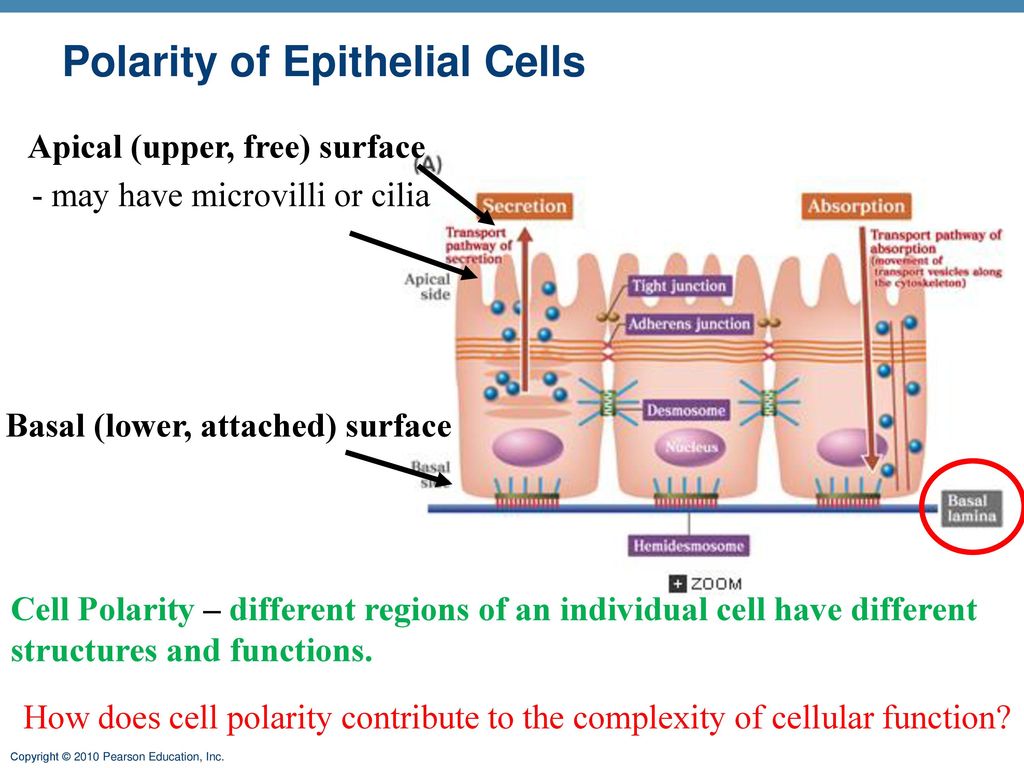 In both cases, the surgeon can use a membrane (bone blocks can be fixed with titanium screws; for fixing osteoplastic material, the use of a membrane is advisable and is determined by the physical properties of the material). In this case, the membrane performs, as it were, a reinforcing function: it holds the osteoplastic material in the required correct position. As a reinforcing agent, the membrane can also be used for implantation with simultaneous replanting of osteoplastic material. The membrane can be fixed on the bone or on the adjacent teeth from the intervention site. nine0003
In both cases, the surgeon can use a membrane (bone blocks can be fixed with titanium screws; for fixing osteoplastic material, the use of a membrane is advisable and is determined by the physical properties of the material). In this case, the membrane performs, as it were, a reinforcing function: it holds the osteoplastic material in the required correct position. As a reinforcing agent, the membrane can also be used for implantation with simultaneous replanting of osteoplastic material. The membrane can be fixed on the bone or on the adjacent teeth from the intervention site. nine0003
Surgical membranes can be used during tooth extraction.
As mentioned above, tooth loss gradually leads to bone loss. In particular, the bone atrophies without receiving the necessary load. The risk of bone tissue atrophy also appears after tooth extraction (root removal). The fact is that bone tissue and soft tissues have different ability and speed of regeneration: gum tissue grows and, as it were, occupies space, preventing the growth of bone, the restoration of which "does not keep pace" with the growth of soft tissues. In this case, the membrane performs a barrier function, preventing such growth of gum tissue (thus, surgical membranes are also called barrier membranes). nine0003
In this case, the membrane performs a barrier function, preventing such growth of gum tissue (thus, surgical membranes are also called barrier membranes). nine0003
The use of membranes may be useful for reinforcing mobile teeth during periodontal flap surgery.
In modern dentistry, several dozen different membranes are used, which can be divided into two large groups:
- Resorbable. Such membranes gradually dissolve.
- Non-resorbable. At some point, the doctor will need to surgically remove the previously installed membrane.
Which type of membrane to use depends on the specific clinical data and treatment plan. nine0003
As you can see, the placement of the membrane is not an independent procedure - it is part of the operation shown on a specific occasion.
Surgical operations for various purposes in the network of Healthy Smile clinics are carried out by experienced and qualified specialists.
Desired date and time
Telephone
What is your name?
By clicking on the "Make an appointment" button, you consent to the processing of your personal data.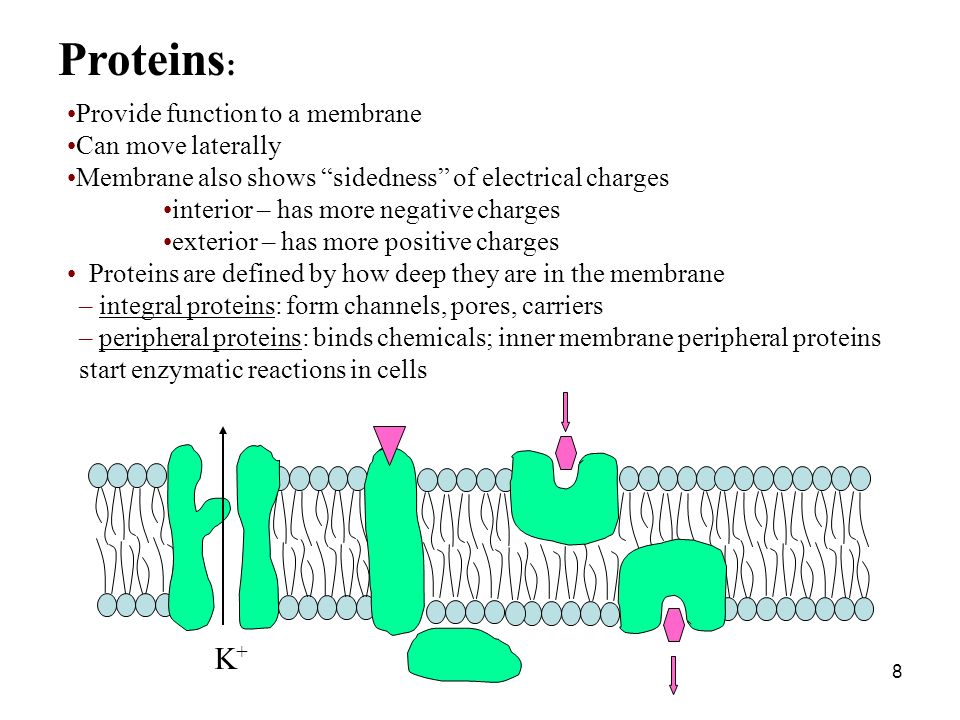 nine0003
nine0003
The use of membranes from the patient's blood plasma when increasing the jaw bone tissue
The use of platelet membranes is not a full-fledged alternative to bone grafting - they are not enough to increase the volume of the jawbone. However, they are actively used as an adjunct to sinus lift, when transplanting bone blocks and with the simultaneous installation of implants as a replacement for artificial bone. This is an effective method of postoperative protection, since platelets contain large amounts of tissue growth factors 1 .
Navigation
- Indications and contraindications
- Benefits
- Technology and training
- Defects
- Prices
The patient's blood plasma is widely used in medicine. With the help of special equipment (centrifuge), the blood is divided into fractions or components: directly plasma - a liquid that has a yellowish color and contains a large amount of fibrin; fibrin clot enriched with platelets.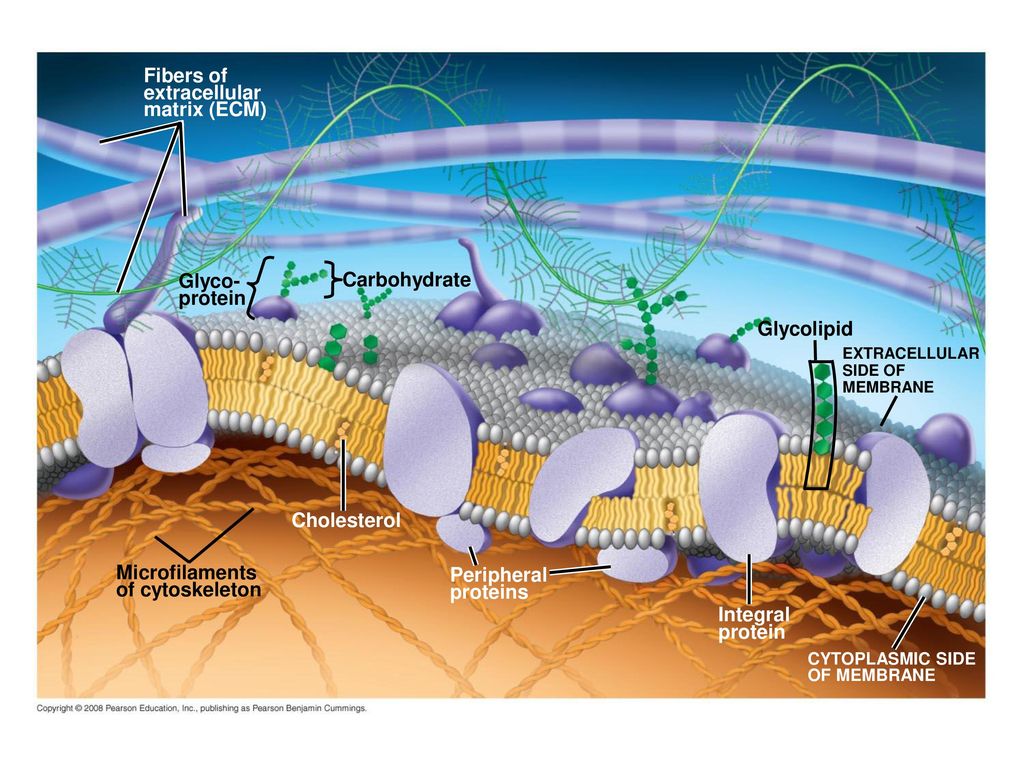 And another part, the thickest, is a mixture of leukocytes and erythrocytes. It is plasma, as well as fibrin clot, that are actively used in dentistry. nine0003
And another part, the thickest, is a mixture of leukocytes and erythrocytes. It is plasma, as well as fibrin clot, that are actively used in dentistry. nine0003
This technology is called PRF (Platelet Rich Fibrin). Fibrin is a protein that is responsible for clogging blood vessels when damaged. Platelets are cells responsible for wound healing and accelerating cell growth. Thus, membranes created from the patient's blood plasma containing fibrin and platelets can significantly accelerate the regeneration of cells and tissues during various surgical interventions. nine0003
This technology has been used in Europe and the USA for over 30 years. But in Russia it is considered innovative. The use of blood plasma is an effective addition to implantation, extraction of teeth, surgical gum plastic surgery, as well as in conjunction with the implantation of artificial bone tissue substitutes.
Indications
- acceleration of tissue healing during sinus lift or bone block grafting,
- plastic surgery of the oral mucosa, treatment of periodontitis and periodontal disease,
- activation of bone tissue growth after tooth extraction,
- implant placement and simultaneous bone augmentation,
- performing various surgical operations.
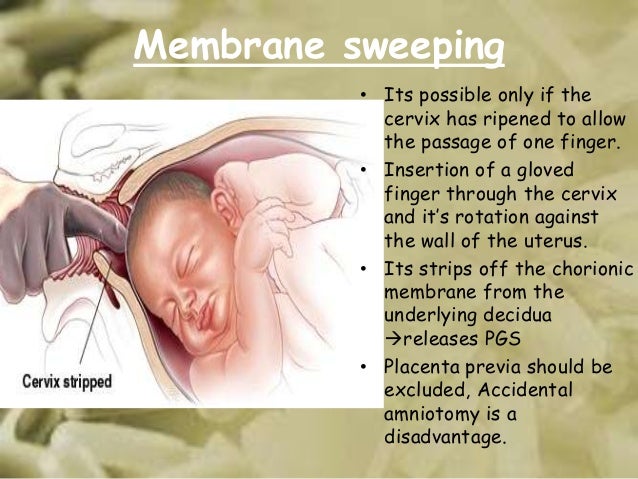
Contraindications
- malignant tumors,
- systemic blood diseases that do not allow the isolation of platelet plasma, or its use will not be effective, nine0021 acute disorders of the immune system, infectious diseases in the acute stage,
- antibiotic therapy,
- mental disorders.
Benefits of using blood plasma
The use of PRF membranes allows natural stimulation of the growth of jaw bone cells or periodontal tissues, which significantly accelerates their growth. Rehabilitation and engraftment of implants or bone material is faster, and the risks of inflammatory processes are significantly reduced. nine0003
The use of blood plasma has a positive effect on the following processes:
- acceleration of bone tissue growth after implantation,
- no allergic reactions that may occur when using artificial materials,
- rapid healing of soft mucous membranes after dental implants or plastic surgery,
- Prevention of the risk of peri-implantitis after implant placement,
- reduction of tissue edema, reduction of pain after any surgical intervention,
- rapid tissue repair after tooth extraction,
- reduction of inflammation during gingival curettage and cleaning of gingival pockets.

Expert opinion
Namdakov Nikolay Vladimirovich Maxillofacial surgeon, implantologist, orthopedist
Work experience 19+
“The specialists of our clinic have been actively using this technology in their work for many years - they have received the necessary training and know hematology, they understand the mechanisms of blood coagulation. Therefore, we have no difficulties in working with this equipment. Each person has his own characteristics of both the body and the circulatory system, so we use a strictly individual approach even in such a matter as obtaining PRF membranes.”
Technology and preparation features
Preparation for the procedure does not have any specific features. The most important thing is to exclude fatty and spicy foods, alcohol the day before. It is also advisable to get a good night's sleep. Blood sampling is not carried out against the background of taking antibacterial drugs - it is necessary to wait for the end of therapy.
Blood sampling is not carried out against the background of taking antibacterial drugs - it is necessary to wait for the end of therapy.
The procedure takes a little time and is carried out as follows:
- blood is taken from a vein directly in the clinic,
- tubes are placed in a centrifuge. Isolation of fractions takes from 10-15 minutes to half an hour or even 40 minutes (depending on the patient, since the platelet sedimentation rate is different for each person),
- thick plasma is taken from the test tube - such a membrane can be cut, sutured, used in various techniques. It is placed in the required amount during surgical operations.
Ready membranes are stored for a maximum of 4 hours, so blood sampling and processing is carried out immediately on the day of implant placement or other surgical interventions. nine0003
Disadvantages of the method
The method has no disadvantages. The only thing that can be highlighted is the increase in cost.